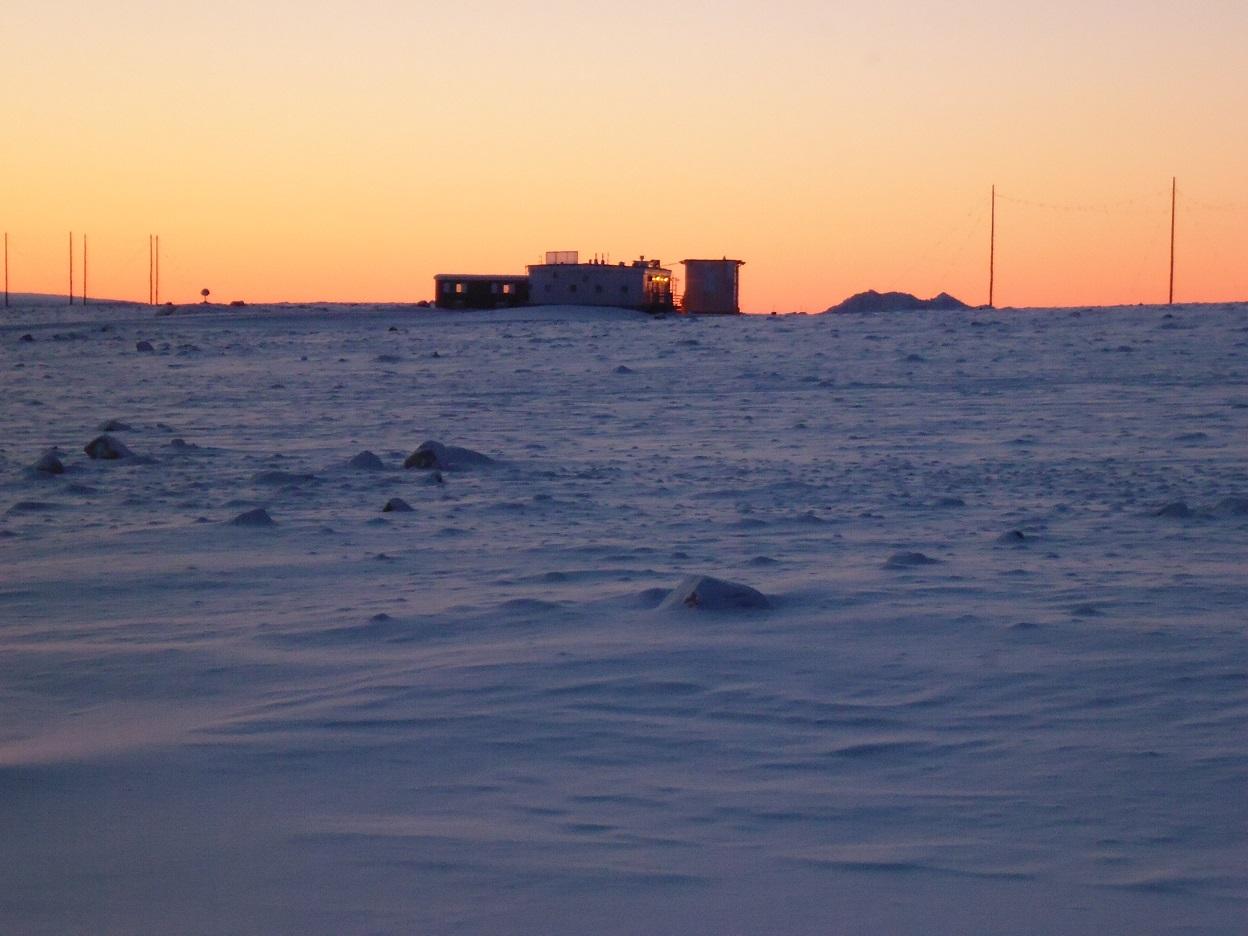- Acronimo
- ECAPAC
- Area di ricerca
- Atmospheric sciences
- Tematica specifica di ricerca
- Quantitatve understanding of the processes responsible for the Arctic Amplification
- Regione di interesse
- North Western Greenland, Thule Air Base (76.5°N and 68.8°W), Thule High Arctic Atmospheric Observatory (THAAO)
- PI
- Virginia Ciardini
- Istituzione PI
- ENEA - Dipartimento Sostenibilità dei Sistemi Produttivi e Territoriali (SSPT)
- Sito web istituzionale
- https://ambiente.sostenibilita.enea.it/
- Altre Istituzioni e soggetti coinvolti
- INGV - Istituto Nazionale di Geofisica e Vulcanologia; Sapienza Università di Roma - Dipartimento di Fisica; Lamont-Doherty Earth Observatory - Columbia University Earth Institute
- Consistenza del team ricerca
- Il team di ricerca è composto da quattro ricercatrici, tre ricercatori, un primo tecnologo e due studenti di dottorato.
- Stato progetto
- In corso
- Il progetto
The project aims at quantifying the impact of precipitation on the surface distribution of ice and snow and on the surface radiation budget. The goal will be achieved by means of an integrated approach based on ground-based, in situ, and satellite-based measurements in combination with a regional climate model. Observations will be used also to improve model representations of key physical processes. Field activities will take place at the Thule High Arctic Atmospheric Observatory, Greenland.
- Immagini
-
- Motivazione, importanza della ricerca
The Arctic is one of the regions most sensitive to climate change. The increase in temperature observed during the last two decades is 2-3 times larger than what occurs on a global scale, and a considerable reduction of sea ice cover and enhancement of land ice melting have been observed. Changes in snow and ice cover have a large impact on climate due to the complex surface albedo-temperature positive feedback.
Sea ice cover reduction allows for an enhanced evaporation and heat transfer from the ocean surface, which is expected to induce an enhancement in precipitation and snowfall. Since snow has a higher albedo than does ice, snowfall plays an important role in the seasonal and interannual variations of the surface albedo, and in the Greenland Ice Sheet (GrIS) meltwater production and mass balance.
On the other hand, the precipitation increase associated with rising temperatures may lead to fresher surface waters, to a more stable ocean stratification, and to a reduction of the upward oceanic heat flux. A reduced heat flux implies a cooling of the near-surface atmosphere, with a slowing down of the sea ice melt. At the same time, rain (instead of ice or snow) is expected to increase in a warmer climate leading to a reduction of albedo of ice and snow covered surfaces.
- Obiettivi della proposta
Climate models are unable to reproduce accurately the rate of change in the Arctic climate system and observations are necessary for developing and evaluating model representations. Improved models would lead to a better knowledge of the key processes that couple atmosphere, ocean, ice, and land and would clarify what repercussions Arctic climate change and sea-ice loss would have on local communities, wildlife, and economic activities. In this context, this proposal aims at measuring precipitation and snow accumulated amounts in the Thule area. Concurrently, the impact of precipitation on the surface radiation budget is evaluated and examined also in relation with other forcing factors such as albedo, aerosol, clouds physical properties, water vapor, and the atmospheric thermal structure. Results from this study would contribute to validating both the atmospheric and the surface components of the model. Concurrently, it would provide an estimate on how much these specific atmospheric and surface forcing parameters affect model outcomes on a regional scale, with emphasis on surface meltwater production and ice ablation rates. An important aspect will regard the precipitation phase, which is critical in model simulations of the mass balance of continental and sea ice. Information provided by the model will allow the interpretation of the distribution changes of snow and ice also in relation to their role in the ecosystem and human activities.
- Attività svolta e risultati raggiunti
- acquisition and testing of new instruments (Micro Rain Radar, Laser Particle Monitor, Total rain weighing sensor)
- planning of shipment, installation and first intensive observation period at Thule (in March 2023)
- Prodotti
